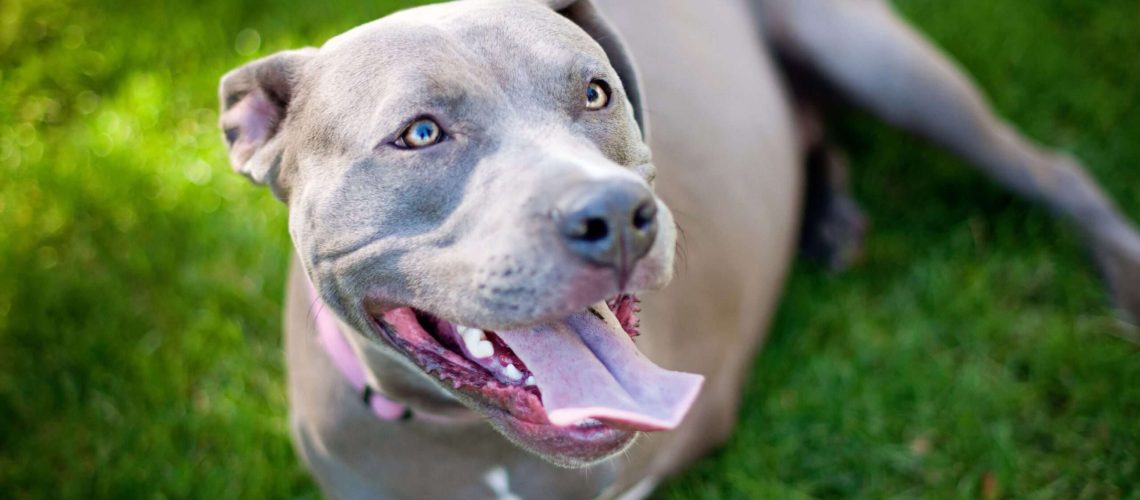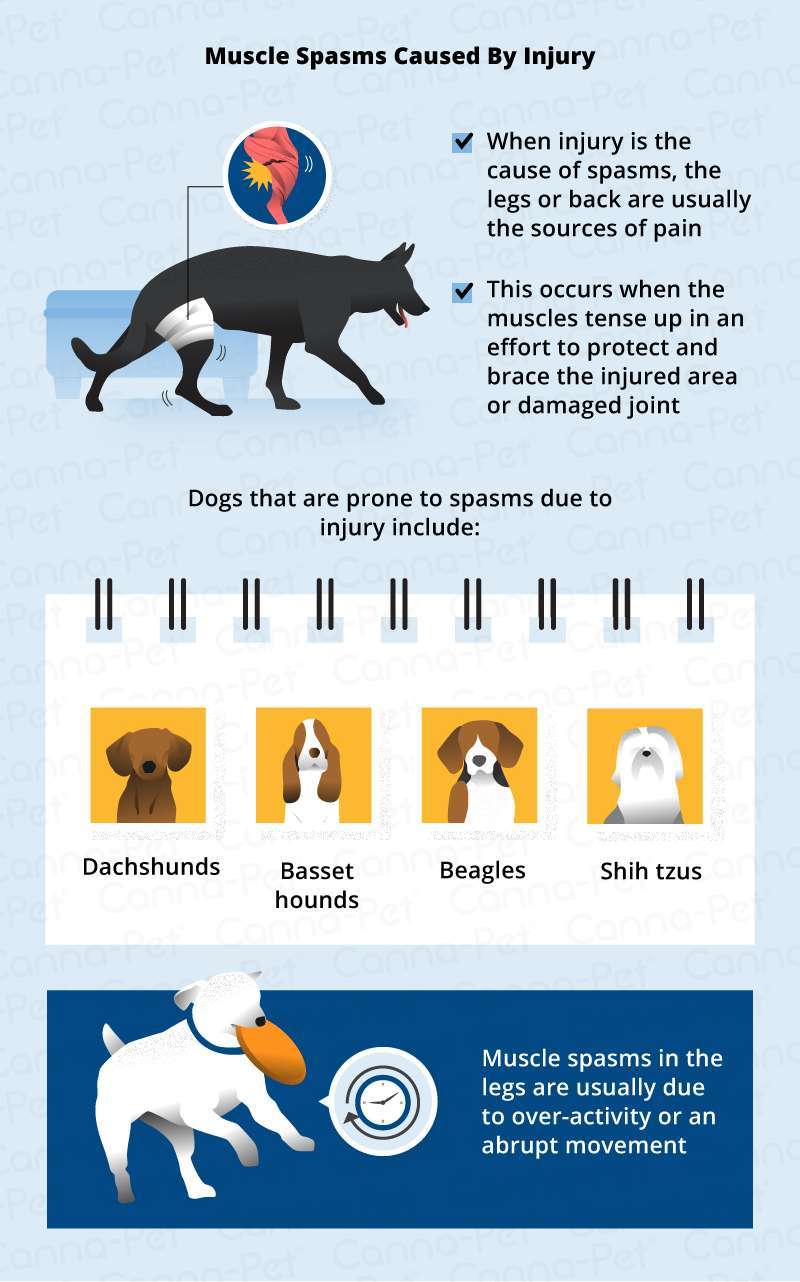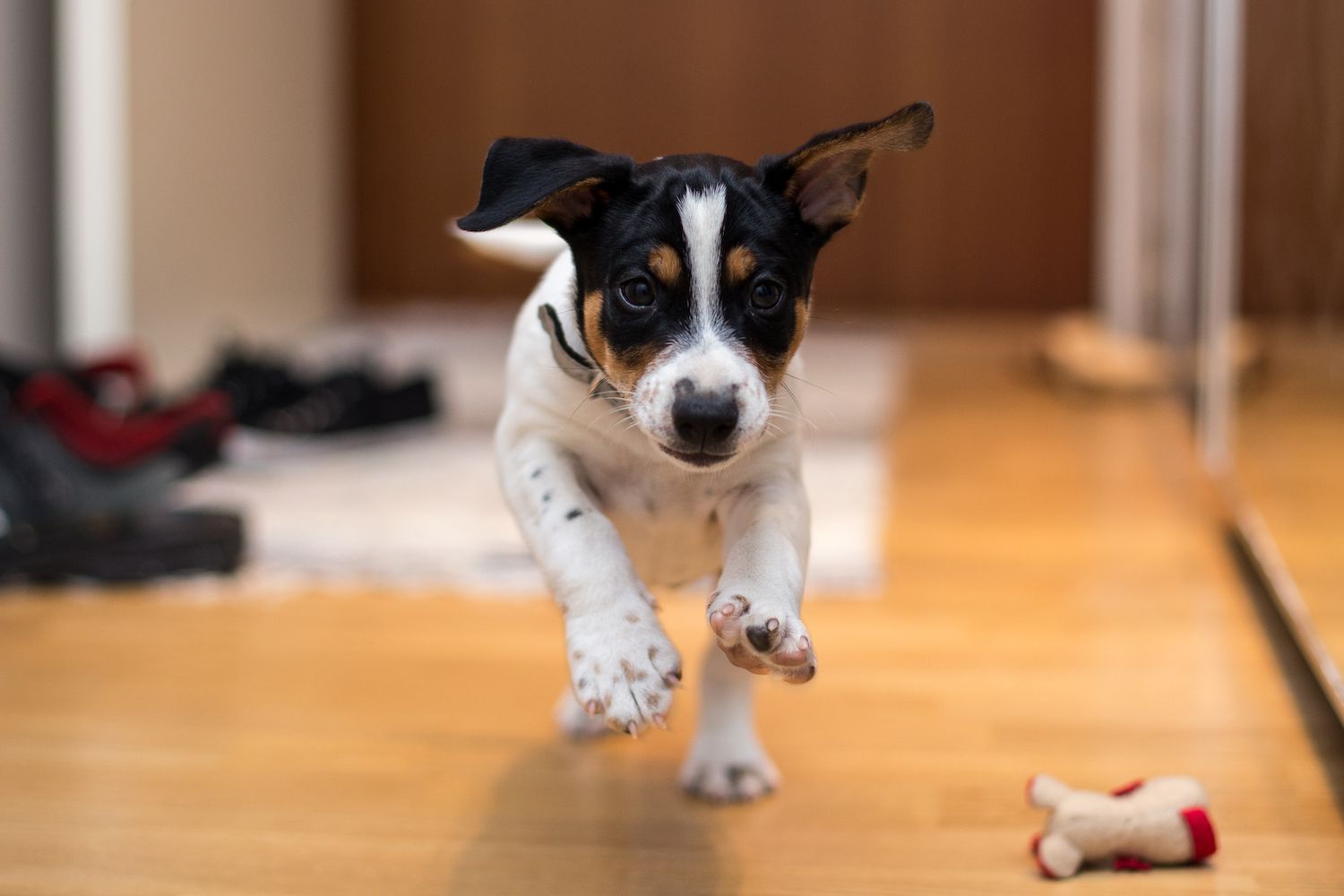Key Takeaways:
- Provide a safe and comfortable environment for your three-legged dog by removing any potential hazards and providing soft bedding.
- Adjust their diet to maintain a healthy weight, as excess weight can put additional strain on their remaining legs.
- Regular exercise is important for keeping your three-legged dog fit and maintaining muscle strength in their remaining limbs.
- Be patient and understanding during the adjustment period, as it may take time for your three-legged dog to adapt to their new mobility limitations.
- Consider using assistive devices such as ramps or braces to aid your three-legged dog in activities like climbing stairs or going for walks.
Are you ready to embark on a heartwarming journey that will not only touch your soul but also enrich your understanding of the incredible resilience of our furry friends? If so, then get ready to discover the secrets to caring for a three-legged dog. Whether you are a proud owner or simply fascinated by these remarkable creatures, this topic is essential for anyone seeking to provide love, support, and proper care to these special canines. In this guide, we will explore the ins and outs of tending to a three-legged dog's unique needs, from exercise routines tailored to their abilities to tips on creating a safe and welcoming environment. By delving into this subject, you will gain valuable insights into the challenges faced by these dogs and learn how simple acts of compassion can make all the difference in their lives. So let's dive in and unlock the secrets to providing exceptional care for our three-legged companions—because every wagging tail deserves nothing less!
Important Considerations for Caring for a Three-Legged Dog
Caring for a three-legged dog requires some special considerations to ensure their well-being and comfort. Firstly, it's important to provide them with a safe and secure environment. Remove any hazards that could cause them to trip or fall, such as loose rugs or cluttered spaces. Additionally, consider using ramps or stairs to help them navigate furniture or stairs more easily.
Regular vet check-ups are crucial for monitoring their overall health and managing any potential issues related to their missing limb. It's also essential to maintain a healthy weight for your three-legged dog, as excess weight can put additional strain on their remaining limbs. Consult with your veterinarian about an appropriate diet and portion sizes.
Socialization is key for a three-legged dog's mental well-being. Encourage positive interactions with other dogs and people, helping them build confidence in their abilities. Lastly, be patient and understanding as they adjust to their new way of moving around. With love, care, and proper attention, you can ensure your three-legged dog leads a happy and fulfilling life.
Making a Three-Legged Dog Feel Comfortable and Safe in its Environment
Creating a comfortable and safe environment is crucial for the well-being of a three-legged dog. Start by providing them with a cozy bed or cushioned area where they can rest comfortably. Consider placing nonslip mats or rugs on slippery surfaces like hardwood floors to prevent accidents.
To make it easier for your three-legged dog to move around, arrange furniture so that they have clear pathways without obstacles blocking their way. Keep doors open or use door stoppers so they don't have to struggle with opening doors themselves.
Having plenty of toys specifically designed for dogs with mobility challenges will keep them mentally stimulated while also encouraging gentle exercise. Puzzle toys that dispense treats can be particularly engaging and rewarding.
It's also important to create a calm and stress-free environment for your three-legged dog. Avoid loud noises or sudden movements that could startle them. Additionally, consider using calming aids such as pheromone diffusers or soothing music to help them relax.
Suitable Exercises for Keeping a Three-Legged Dog Active
Regular exercise is crucial for maintaining the overall health and well-being of a three-legged dog. However, it's important to choose exercises that are suitable for their condition and won't put excessive strain on their remaining limbs.
Short walks are an excellent form of exercise for three-legged dogs. Start with shorter distances and gradually increase the duration as they build up strength and stamina. Walking on soft surfaces like grass or sand can be gentler on their joints.
Swimming is another fantastic low-impact exercise option for three-legged dogs. It provides a full-body workout while putting minimal stress on their joints. Ensure they have a properly fitted life jacket for added safety.
Balance exercises can help improve your three-legged dog's stability and coordination. Simple activities like standing on uneven surfaces or using balance boards can be beneficial. Always supervise them during these exercises to prevent any accidents.
Remember to consult with your veterinarian before starting any exercise regimen to ensure it is appropriate for your three-legged dog's specific needs and abilities. Regular exercise will not only keep them physically fit but also mentally stimulated and happy.
Dietary Needs and Considerations for a Three-Legged Dog
Proper nutrition plays a vital role in the overall health and well-being of a three-legged dog. It's essential to provide them with a balanced diet that meets their specific dietary needs.
Consult with your veterinarian to determine the appropriate calorie intake for your three-legged dog based on their size, breed, age, and activity level. It may be necessary to adjust portion sizes accordingly to prevent weight gain or loss.
Consider feeding your three-legged dog a high-quality, balanced dog food that is appropriate for their age and size. Look for formulas that contain essential nutrients such as protein, healthy fats, vitamins, and minerals.
To prevent joint issues and promote overall joint health, consider adding supplements like glucosamine and chondroitin to their diet. These supplements can help support their remaining limbs and reduce the risk of arthritis.
Ensure your three-legged dog has access to fresh water at all times to stay hydrated. Monitor their weight regularly to ensure they are maintaining a healthy body condition.
Remember, every dog is unique, so it's important to work with your veterinarian to develop a dietary plan tailored specifically to your three-legged dog's needs.
Assisting a Three-Legged Dog with Mobility and Balance Indoors and Outdoors
Helping a three-legged dog maintain mobility and balance both indoors and outdoors is crucial for their safety and well-being. Here are some tips to assist them:
1. Provide ramps or stairs: Use ramps or stairs to help your three-legged dog access higher surfaces like beds or sofas without putting excessive strain on their remaining limbs.
2. Use harnesses or slings: Supportive harnesses or slings can be used during walks or when assisting them with stairs. These aids provide additional stability and make it easier for them to navigate different terrains.
3. Create traction: Place nonslip mats or rugs on slippery surfaces both inside the house and outside in the yard. This will give your three-legged dog better traction while walking or running.
4. Assistive devices: Consider using prosthetics or orthotic devices if recommended by your veterinarian. These devices can provide additional support and improve mobility for certain dogs.
5. Modify the environment: Make adjustments around the house by removing obstacles like furniture with sharp corners that could potentially cause injuries. Ensure there is enough space for them to move around comfortably without any hindrances.
6. Supervise outdoor activities: When your three-legged dog is outside, keep a close eye on them to ensure their safety. Avoid areas with rough terrain or steep slopes that could be challenging for them to navigate.
Ensuring the Well-being and Happiness of a Three-Legged Dog
Ensuring the well-being and happiness of a three-legged dog goes beyond physical care. Here are some additional considerations:
1. Mental stimulation: Engage your three-legged dog in mentally stimulating activities such as puzzle toys, obedience training, or scent games. This will help keep their minds sharp and prevent boredom.
2. Positive reinforcement: Use positive reinforcement techniques such as treats, praise, and rewards to encourage good behavior and build their confidence.
3. Regular vet check-ups: Schedule regular check-ups with your veterinarian to monitor their overall health and address any concerns promptly.
4. Emotional support: Provide plenty of love, attention, and cuddles to make your three-legged dog feel secure and loved. Spend quality time together engaging in activities they enjoy.
5. Socialization: Expose your three-legged dog to different environments, people, and animals to help them develop social skills and build confidence in various situations.
Remember that each dog is unique, so it's essential to understand their individual needs and adapt accordingly. With proper care, love, and attention, you can ensure your three-legged dog leads a happy and fulfilling life.
Important Considerations for Caring for a Three-Legged Dog
Understanding the Unique Needs of a Three-Legged Dog
Caring for a three-legged dog requires special attention and understanding. These dogs have unique needs due to their altered mobility and balance. It is important to recognize that they may require extra support and accommodations to ensure their well-being. Regular veterinary check-ups are crucial to monitor their overall health and address any potential issues promptly.
Providing a Safe and Accessible Environment
Creating a safe and accessible environment is essential for a three-legged dog's comfort. Remove any hazards or obstacles that could cause tripping or injury. Consider using ramps or stairs to help them navigate different areas of the house, especially if there are elevated surfaces like beds or couches. Providing soft bedding and non-slip surfaces can also enhance their stability and prevent accidents.
Making a Three-Legged Dog Feel Comfortable and Safe in its Environment
Establishing Routine and Consistency
Routine plays an important role in making a three-legged dog feel secure in its environment. Establish regular feeding, exercise, and rest times to provide structure. Consistency helps them anticipate what comes next, reducing anxiety. Additionally, designate specific areas where they can rest undisturbed, ensuring they have a comfortable space they can call their own.
Offering Emotional Support
Emotional support is vital for the well-being of a three-legged dog. Spend quality time with them, engaging in activities they enjoy such as gentle play or cuddling. Provide positive reinforcement through praise and rewards when they exhibit desired behaviors. Remember that patience is key as they adjust to their new normal, offering reassurance during challenging moments.
Suitable Exercises for Keeping a Three-Legged Dog Active
Low-Impact Activities
Engaging in low-impact exercises is crucial for keeping a three-legged dog active without putting excessive strain on their remaining limbs. Walking on even surfaces, swimming, and gentle stretching are excellent options. These activities help maintain muscle tone, promote cardiovascular health, and provide mental stimulation.
Puzzle Toys and Mental Stimulation
Incorporating puzzle toys and mental stimulation into a three-legged dog's routine is essential. These activities challenge their minds and keep them entertained while avoiding excessive physical exertion. Puzzle toys that dispense treats or require problem-solving can provide hours of engagement, preventing boredom and promoting cognitive well-being.
Dietary Needs and Considerations for a Three-Legged Dog
Balanced Nutrition
Providing a balanced diet is crucial for the overall health of a three-legged dog. Consult with your veterinarian to determine the appropriate calorie intake based on their size, breed, age, and activity level. Ensure their diet includes high-quality protein for muscle maintenance, healthy fats for joint support, and essential vitamins and minerals.
Weight Management
Maintaining an optimal weight is vital for a three-legged dog's joint health. Excess weight can put additional strain on their remaining limbs, leading to discomfort or injury. Monitor their body condition regularly and adjust their food portions accordingly to prevent obesity. Incorporate low-calorie treats or use interactive feeding methods to slow down eating pace.
Assisting a Three-Legged Dog with Mobility and Balance Indoors and Outdoors
Indoor Modifications
Making indoor modifications can greatly assist a three-legged dog with mobility and balance. Install carpet runners or non-slip mats on slippery floors to prevent accidents. Use baby gates or barriers to restrict access to areas where they may be at risk. Consider providing raised food and water bowls to reduce strain on their neck and back while eating.
Outdoor Safety Measures
When venturing outdoors, it is important to take safety measures for a three-legged dog. Use a harness instead of a collar to avoid putting pressure on their neck. Keep them on a leash at all times to prevent them from running off or getting into dangerous situations. Choose walking routes with even terrain and avoid excessively long walks that may tire them out quickly.
Ensuring the Well-being and Happiness of a Three-Legged Dog
Socialization and Interaction
Socialization plays a crucial role in ensuring the well-being and happiness of a three-legged dog. Introduce them to new people, animals, and environments gradually, using positive reinforcement techniques. Encourage gentle interactions with other dogs to maintain their social skills. Regular playdates or visits to dog-friendly parks can provide valuable opportunities for socialization.
Regular Veterinary Check-ups
Regular veterinary check-ups are essential for monitoring the overall health of a three-legged dog. Schedule routine examinations to address any potential issues promptly. Vaccinations, parasite prevention, dental care, and regular grooming should also be part of their healthcare routine. By staying proactive in their medical care, you can ensure their well-being and catch any problems early on.
In conclusion, caring for a three-legged dog requires patience, understanding, and love. By providing them with proper medical care, making adjustments to their environment, and giving them plenty of attention and affection, these special dogs can live happy and fulfilling lives.
Is it hard to take care of a dog with 3 legs?
Although there are some health and safety precautions to keep in mind for three-legged dogs, it is often surprising to discover that most of these pets can lead happy and active lives without requiring significant additional accommodations.
Can a dog live a normal life with 3 legs?
In the end, dogs with three legs are able to adapt well to their disability and live joyful and healthy lives. By providing proper care, you can ensure that your three-legged dog feels loved and supported every day. Whether your dog needs an amputation or you're thinking about adopting a three-legged dog, everything will work out fine!
How can I help my 3 legged dog?
Ensuring that a three-legged dog stays active is crucial. This can involve engaging in any physical activity that your dog enjoys, such as playing fetch in the park or going for regular walks. However, it is recommended to take them to a pool or other safe water body, as the water helps alleviate stress on their body.
What is the life expectancy of a 3 legged dog?
Dogs with only three legs have the same lifespan as dogs with four legs. The absence of one leg does not affect a dog's lifespan, although certain circumstances or conditions may have an impact.
What are the long term effects of three-legged dogs?
According to Jennifer Coates, three-legged pets may have a higher chance of developing osteoarthritis and other joint issues as they get older due to changes in their posture and movement. However, she assures that owners have many options to prevent and/or treat these conditions. This was stated on May 10, 2019.
Do three-legged dogs have special needs?
Some three-legged dogs may need help with walking, particularly in the months after their surgery. It is important to have ramps or special harnesses available to assist them in getting around more comfortably, if necessary.

















